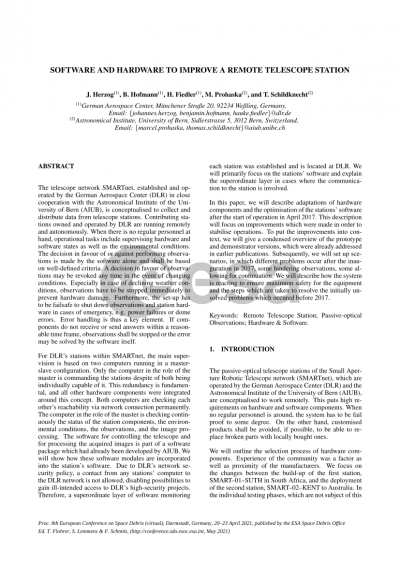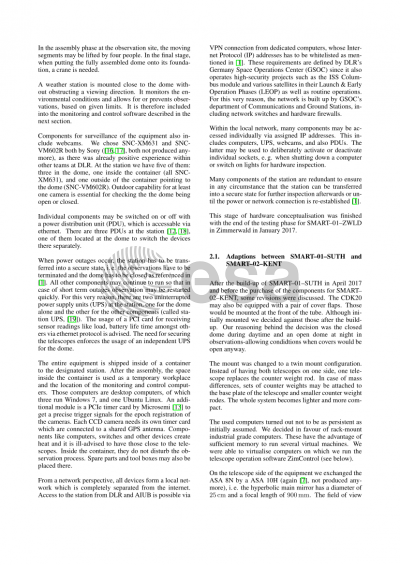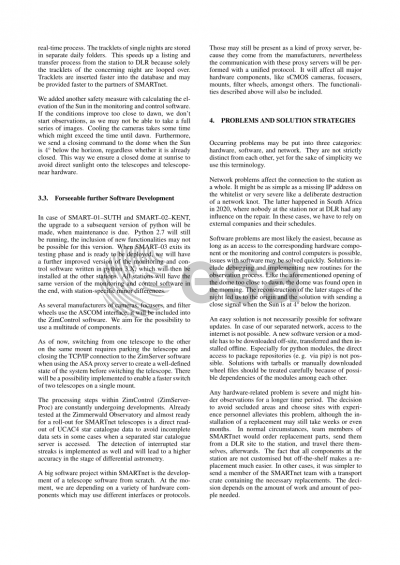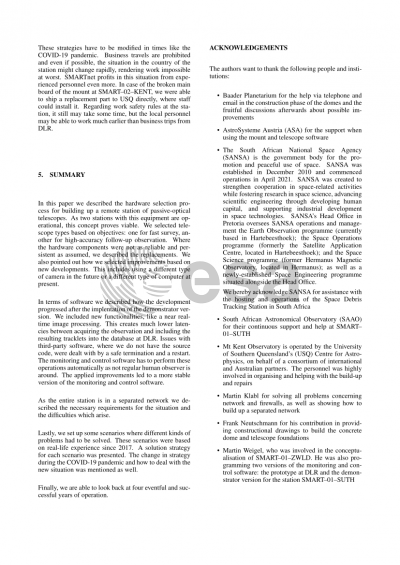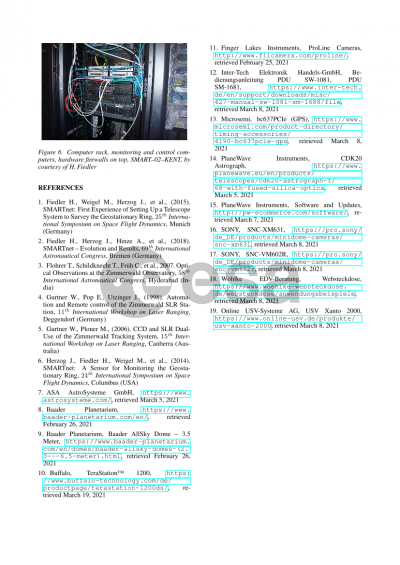Document details
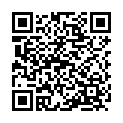
Abstract
The telescope network SMARTnet™, established and operated by the German Aerospace Center (DLR) in cooperation with the Astronomical Institute of the University of Bern (AIUB), is conceptualised to collect and distribute data from telescope stations. Contributing stations owned and operated by DLR are running remotely and autonomously. When there is no regular personnel at hand, operational tasks include supervising hardware and software states as well as the environmental conditions. The decision in favour of or against performing observations is made by the software alone and shall be based on well-defined criteria. A decision in favour for observations may be revoked any time in the event of changing conditions. Especially in case of declining weather conditions, observations have to be stopped immediately to prevent hardware damage. Furthermore, the set-up has to be failsafe to shut down observations and station hardware in cases of emergency, e.g. power failures or dome errors. Error handling is thus a key element. If components do not receive or send answers within a reasonable time frame, observations shall be stopped or the error may be solved by the software itself.
For DLR’s stations within SMARTnet™, the main supervision is based on two computers running in a master-slave arrangement. Only the computer in the role of the master is commanding the stations despite of both being individually capable of. This redundancy concept is fundamental, and all other hardware components were integrated around this concept. Both computers are checking each other’s reachability via network connection permanently. The computer in the role of the master is checking continuously the status of the station components, the environmental conditions, the observations, and the image processing. The software for controlling the telescope and for processing the acquired images is part of a software package which had already been developed by AIUB. We will show how these software modules are incorporated into the station’s software.
Due to DLR’s network security policy, a contact from any stations’ computer to the DLR network is not allowed, disabling possibilities to gain ill-intended access to DLR’s high-security projects. Therefore, a superordinate layer of software monitoring each station was established and is located at DLR. We will primarily focus on the stations’ software and explain the superordinate layer only in cases where the communication to the station is involved.
In this paper, we will describe the build-up, tasks, and functional principle of the hardware and software and its operational procedure. This description will focus on routine activity throughout day and night, including start and stop of observations. Subsequently, we will set up scenarios, in which different problems occur, some hindering observations, some allowing for continuation. We will describe how the system is reacting to ensure maximum safety for the equipment and the steps which are walked through to resolve the problems. The writing of a log file is an important tool to diagnose and solve problems afterwards.
Preview
